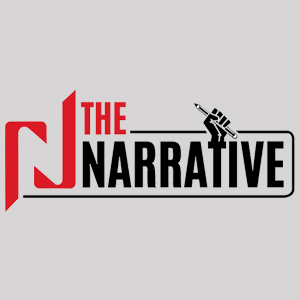Stalin’s Dictatorship: Communist Authoritarianism and Massacres
On his death anniversary, the world must remember the millions who suffered under his brutal rule. Stalin was not a visionary leader but a ruthless tyrant whose hands were stained with the blood of millions. His name should be synonymous with terror, genocide, and mass oppression.
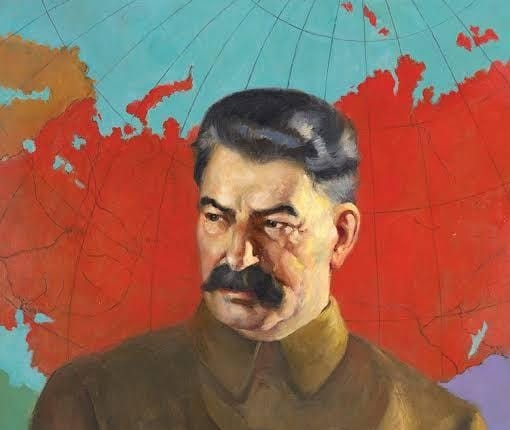
Joseph Stalin, one of history’s most brutal dictators, ruled the Soviet Union with an iron fist from the mid-1920s until his death in 1953. His reign, marked by purges, forced collectivization, mass executions, and widespread terror, transformed the USSR into a totalitarian state where dissent was met with immediate death or exile.
Unlike the utopian promises of Marxist-Leninist ideology, Stalin’s governance revealed the dark reality of Communist authoritarianism. Today, on his death anniversary (March 5th), it is essential to expose the horrors of his rule and critically assess his legacy.
A Blood-Soaked Path to Power
Stalin’s ascent to power was neither democratic nor peaceful. After Lenin’s death in 1924, he eliminated rivals through political maneuvering and ruthless repression.
Leon Trotsky, the primary contender for leadership, was exiled and later assassinated in Mexico on Stalin’s orders. Stalin consolidated power by turning the Communist Party into a tool for personal control, systematically eradicating dissenters.
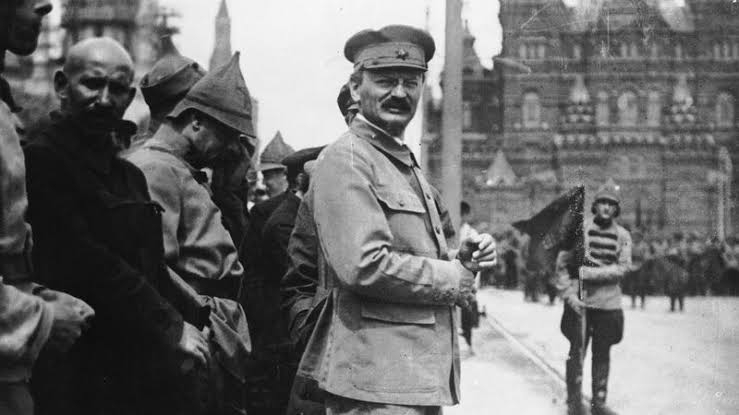
Historian Robert Conquest, in The Great Terror (1968), notes that Stalin’s tactics were rooted in deception, coercion, and an unparalleled willingness to kill anyone who opposed him. His reign set a precedent for totalitarianism, ensuring that the Soviet Union remained under his absolute control for decades.
The Reign of Terror
Between 1936 and 1938, Stalin launched the Great Purge (also known as the Great Terror), a campaign of political repression that led to the execution and imprisonment of millions.
Stalin targeted not only supposed enemies of the state but also loyal Communist Party members, military officials, intellectuals, and ordinary citizens.
The NKVD (Soviet secret police) carried out mass arrests based on fabricated charges of treason, espionage, and counter-revolutionary activities.
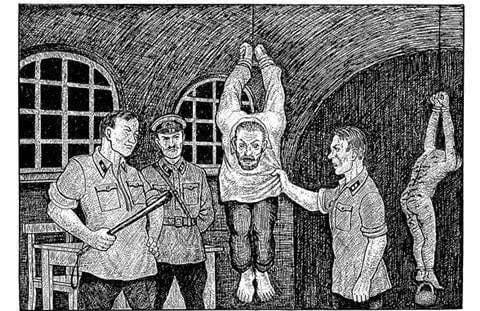
The purges reached their peak during the infamous Moscow Trials, where Stalin’s former allies, including Grigory Zinoviev and Lev Kamenev, were forced to confess to crimes they never committed before being executed.
Conquest estimates that at least 1.2 million people were executed during this period, with millions more sent to the Gulag labor camps. The purges decimated the Soviet military, leaving it vulnerable during World War II.
In Stalin: Paradoxes of Power (2014), historian Stephen Kotkin emphasizes how Stalin’s paranoia led him to kill even his most capable generals, crippling Soviet defense capabilities.
The Hell on Earth
The Gulag, Stalin’s vast network of forced labor camps, was a living nightmare for millions. Those accused of “crimes against the state” were sent to these camps, often in Siberia, where they endured brutal conditions, forced labor, starvation, and summary executions.
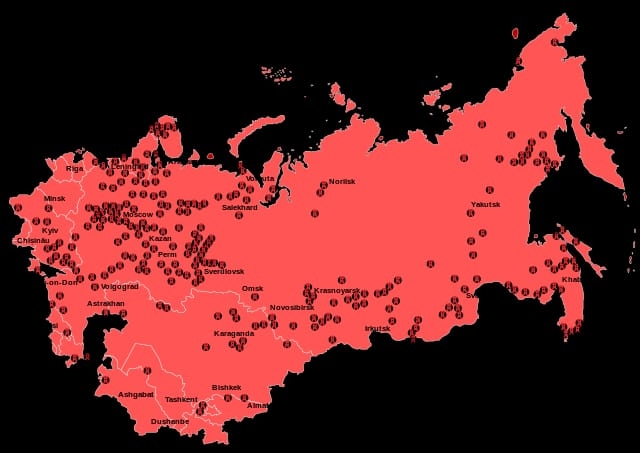
Aleksandr Solzhenitsyn, in his groundbreaking book The Gulag Archipelago (1973), describes the system as a place where human lives were crushed under the weight of state oppression.
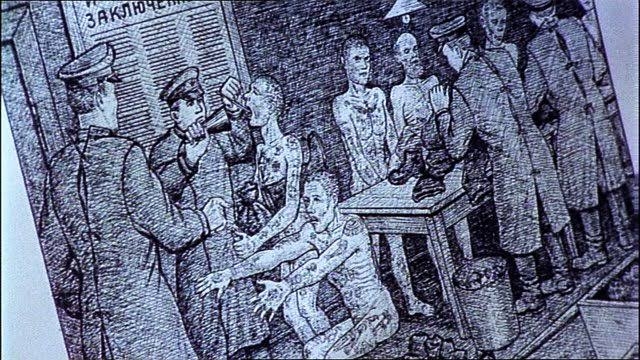
Survivors recall working in subzero temperatures, receiving meager food rations, and witnessing daily deaths. It is estimated that between 10 to 18 million people passed through the Gulag system, with at least 1.5 to 2 million perishing due to hunger, disease, or execution. Stalin’s labor camps were not merely prisons; they were extermination centers designed to break the human spirit and eliminate perceived threats.
Stalin’s Man-Made Famine
One of the most egregious crimes of Stalin’s rule was the Holodomor, a genocidal famine in Ukraine between 1932 and 1933. As part of his policy of forced collectivization, Stalin confiscated grain from Ukrainian peasants, leading to a manufactured famine that killed at least 4 to 7 million people.
The Soviet government denied the famine’s existence, and international journalists, such as Walter Duranty of The New York Times, shamefully covered up the atrocities.

Eyewitness accounts describe villages where corpses lined the streets, parents resorting to cannibalism, and entire communities wiped out. Historian Anne Applebaum, in Red Famine: Stalin’s War on Ukraine (2017), argues that Stalin deliberately used starvation as a weapon to crush Ukrainian nationalism. The Holodomor stands as a clear example of Communist terror, where the state prioritized ideological goals over human life.
World War II: Betrayals and Massacres
During World War II, Stalin’s leadership was marked by catastrophic miscalculations and ruthless repression. His 1939 pact with Hitler, the Molotov-Ribbentrop Pact, allowed Nazi Germany to invade Poland unopposed, while the Soviet Union occupied the eastern half. When Hitler betrayed Stalin in 1941, the Soviet military was unprepared, having been purged of its experienced officers.
One of Stalin’s most infamous war crimes was the Katyn Massacre (1940), where Soviet forces executed over 22,000 Polish officers and intellectuals. For decades, the Soviet Union blamed the Nazis for the crime, but documents released after the USSR’s collapse confirmed Stalin’s direct involvement.
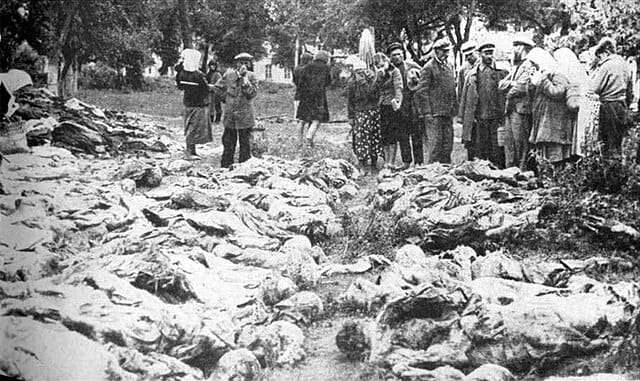
Historian Norman Davies, in Europe: A History (1996), describes Stalin’s wartime strategy as one of human-wave tactics, sacrificing millions of soldiers without regard for life. Soviet forces were ordered to shoot retreating troops, a policy known as “Not a Step Back” (Order No. 227), further contributing to massive casualties.
Post-War Repression and the Iron Curtain
After World War II, Stalin expanded his reign of terror across Eastern Europe. Countries like Poland, Hungary, and East Germany were subjected to Communist repression, with secret police enforcing strict loyalty to the Soviet regime.
Stalin’s infamous Berlin Blockade (1948–49) sought to starve West Berlin into submission, but the Western Allies countered with the Berlin Airlift.
Domestically, Stalin continued his purges, targeting Jewish intellectuals in the “Doctors’ Plot” (1952–53), an anti-Semitic campaign based on fabricated charges. Historian Simon Sebag Montefiore, in Stalin: The Court of the Red Tsar (2003), reveals how Stalin’s inner circle lived in constant fear, knowing that any misstep could lead to execution or exile.
Stalin’s Death and Legacy of Terror
Stalin died on March 5, 1953, under suspicious circumstances, likely poisoned by his own inner circle who feared his increasing paranoia. His death was met with a mixture of mourning (due to propaganda-driven adoration) and relief. Nikita Khrushchev, in his 1956 “Secret Speech,” denounced Stalin’s crimes, acknowledging the terror and brutality of his rule.
Stalin’s Reign—A Dark Chapter in Human History
Stalin’s dictatorship was a nightmare of mass murders, forced labor camps, political purges, and engineered famines. His rule exposed the inherent dangers of Communist totalitarianism, proving that absolute power in the hands of one man leads to terror and destruction. Historian Richard Pipes, in Russia Under the Bolshevik Regime (1994), asserts that Stalin’s reign “was not an aberration, but the logical conclusion of Leninist policies.”
On his death anniversary, the world must remember the millions who suffered under his brutal rule. Stalin was not a visionary leader but a ruthless tyrant whose hands were stained with the blood of millions. His name should be synonymous with terror, genocide, and mass oppression.
References:
Conquest, Robert. The Great Terror. Macmillan, 1968.
Kotkin, Stephen. Stalin: Paradoxes of Power. Penguin, 2014.
Solzhenitsyn, Aleksandr. The Gulag Archipelago. Harper & Row, 1973.
Applebaum, Anne. Red Famine: Stalin’s War on Ukraine. Doubleday, 2017.
Davies, Norman. Europe: A History. HarperCollins, 1996.
Montefiore, Simon Sebag. Stalin: The Court of the Red Tsar. Knopf, 2003.
Pipes, Richard. Russia Under the Bolshevik Regime. Vintage, 1994.
